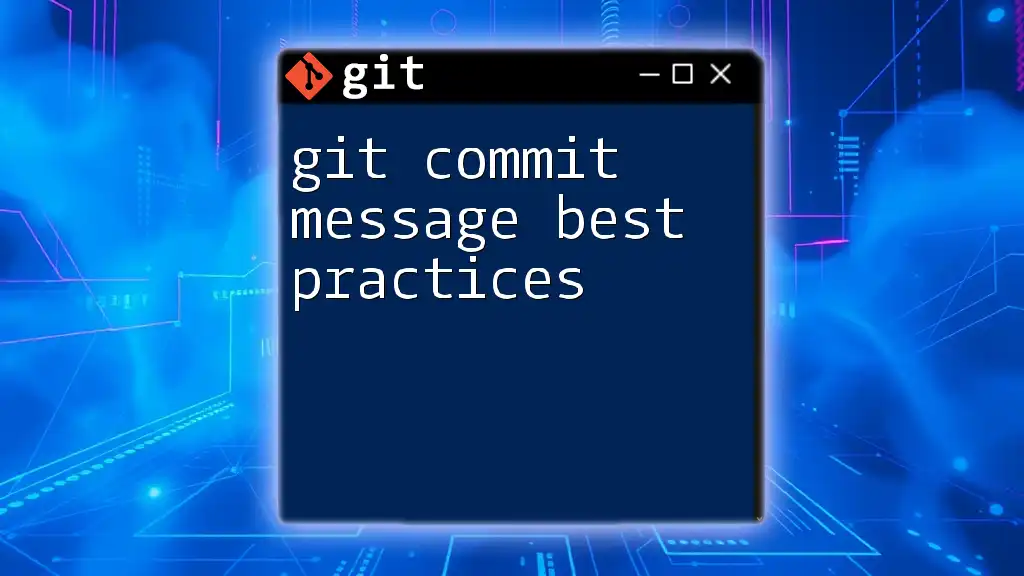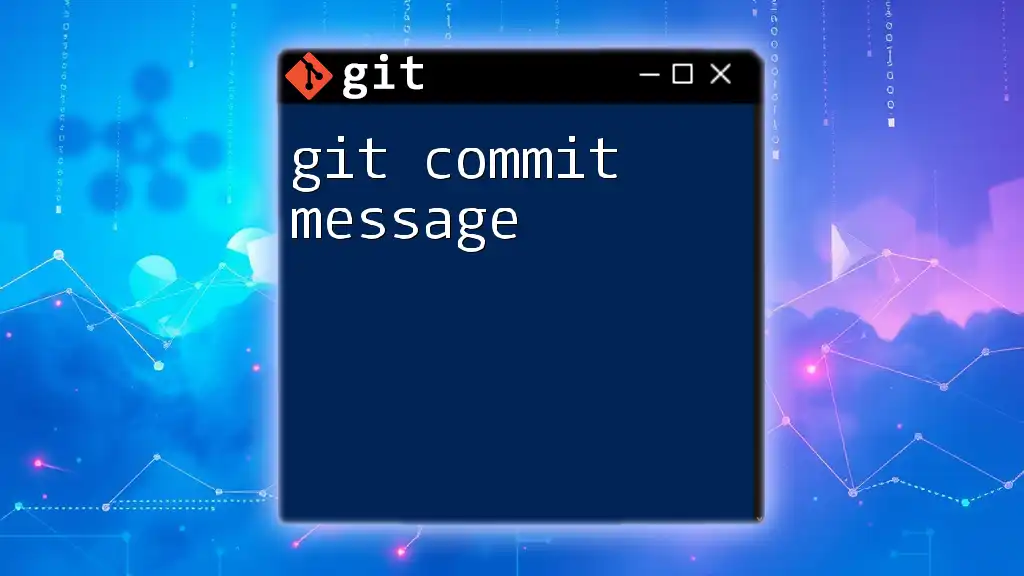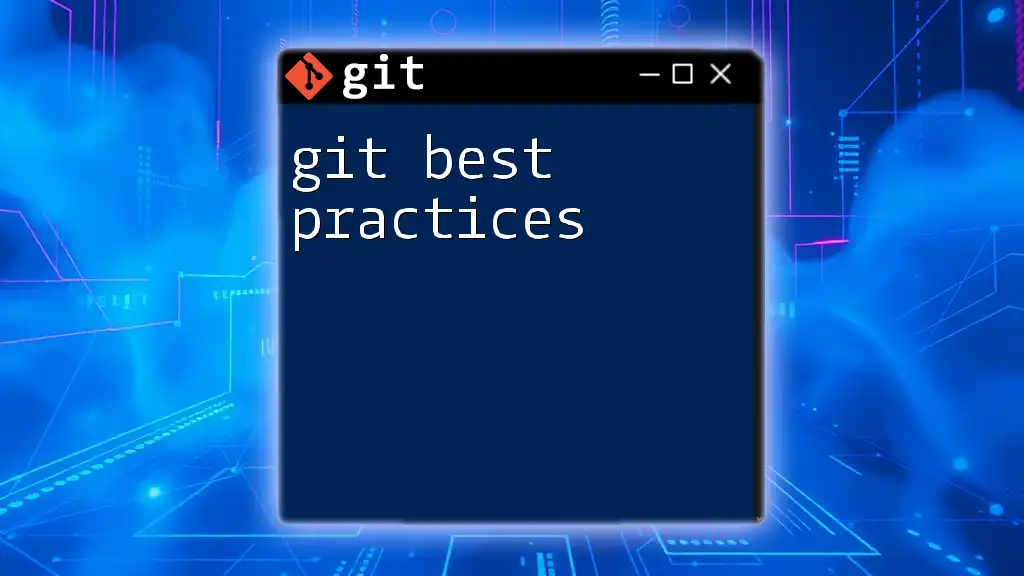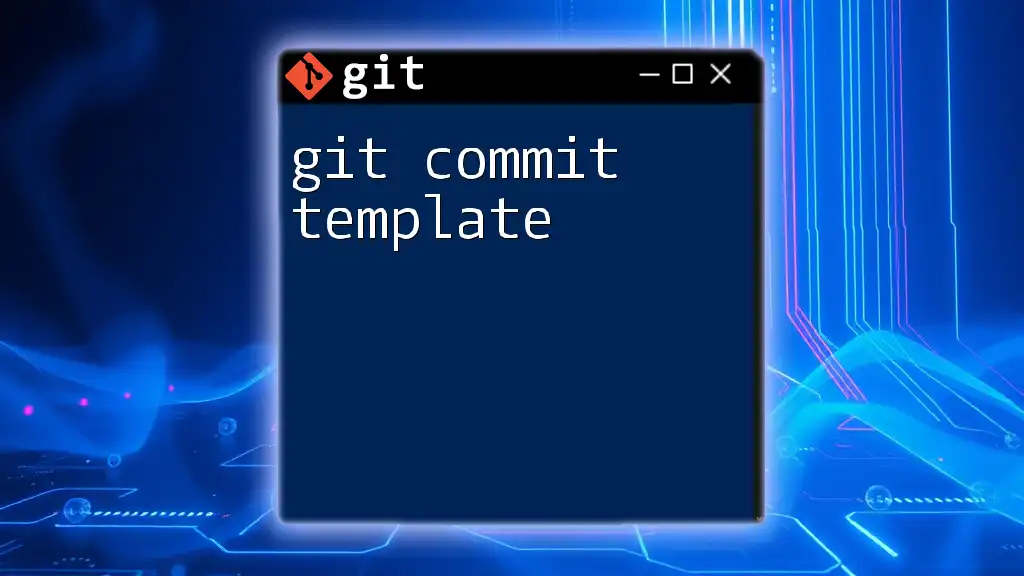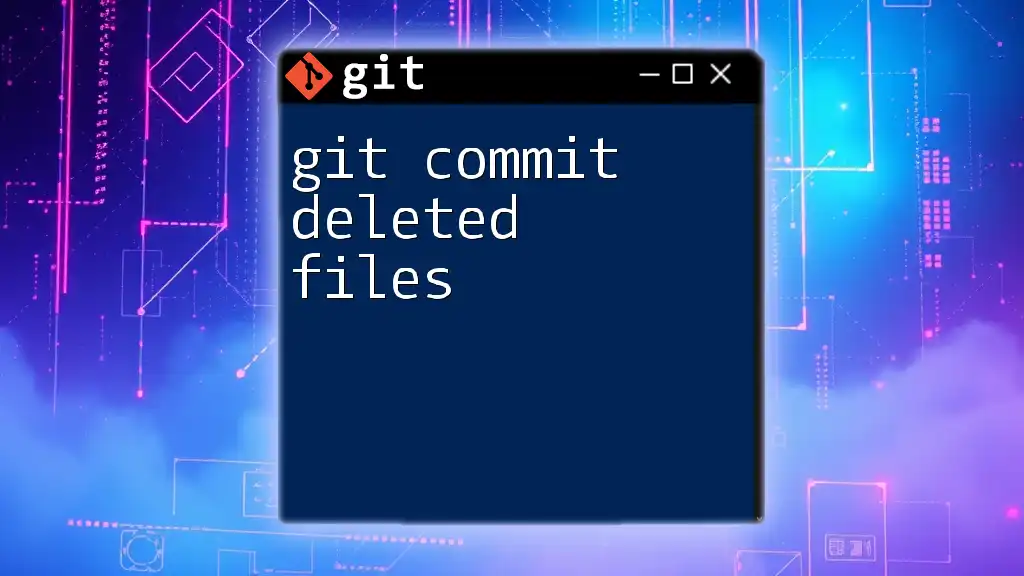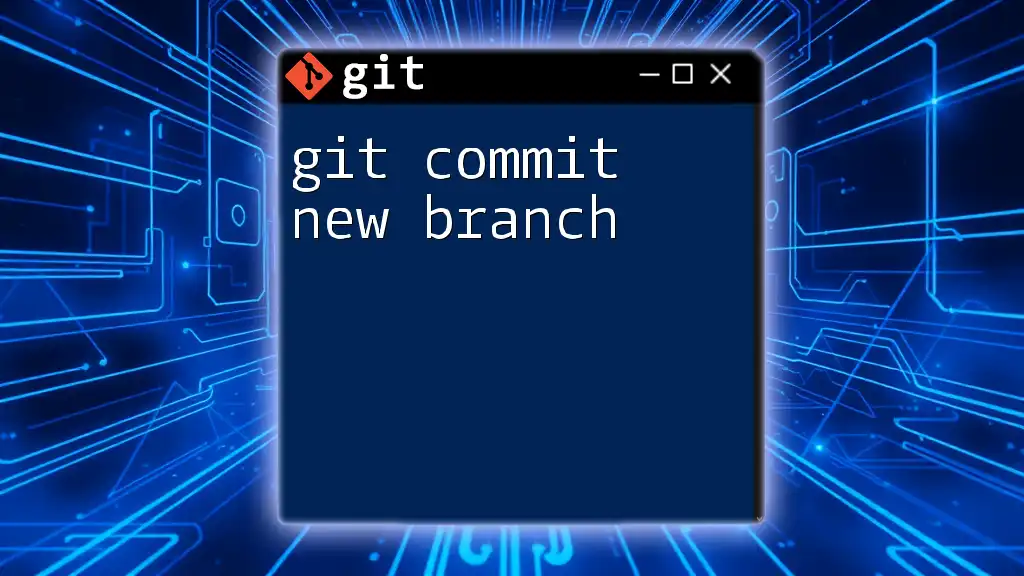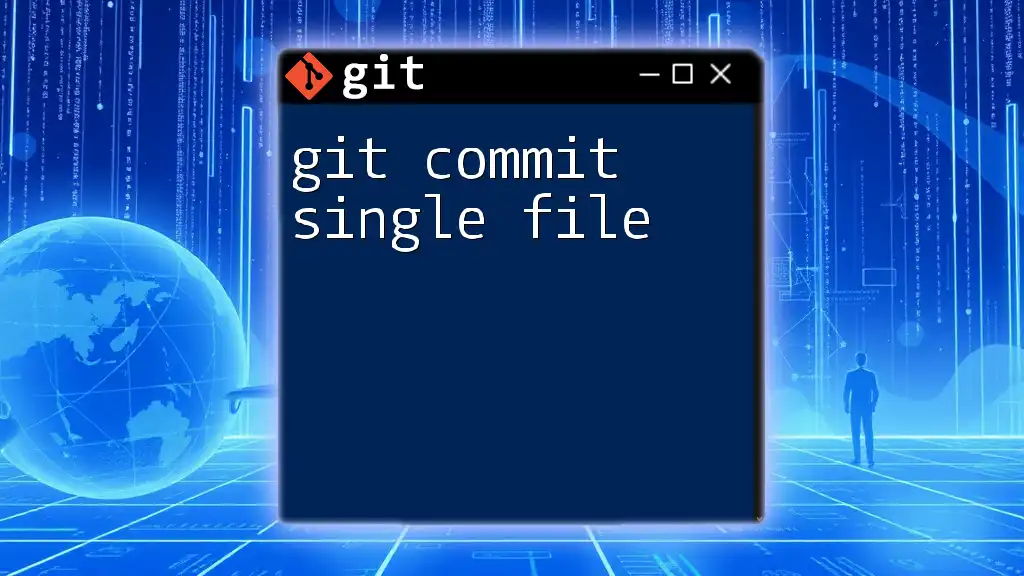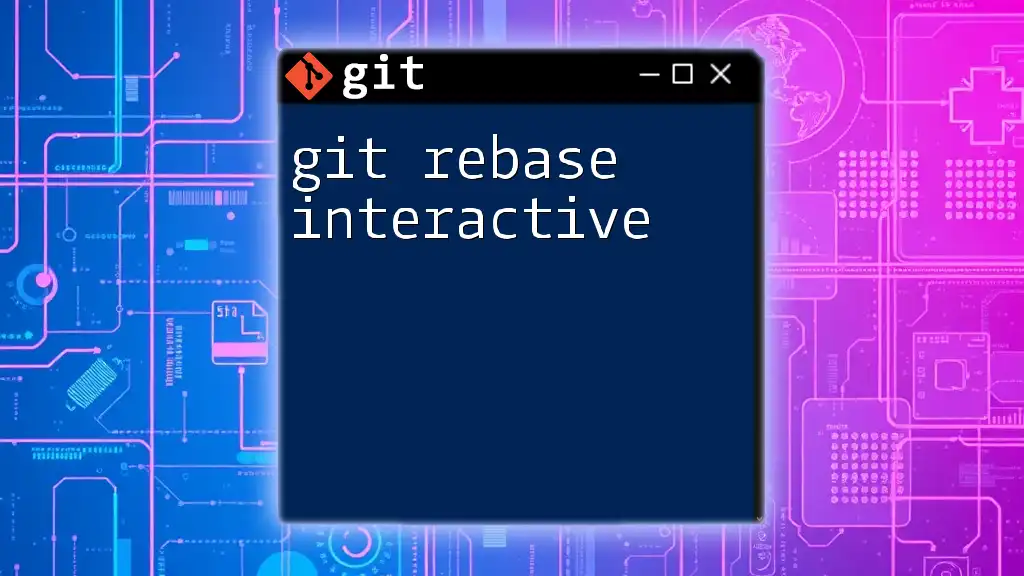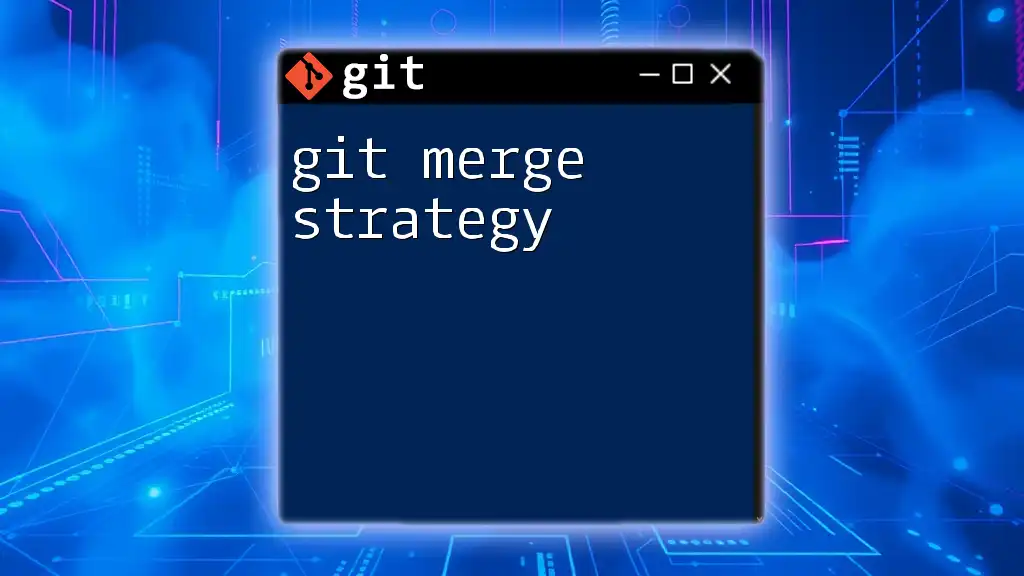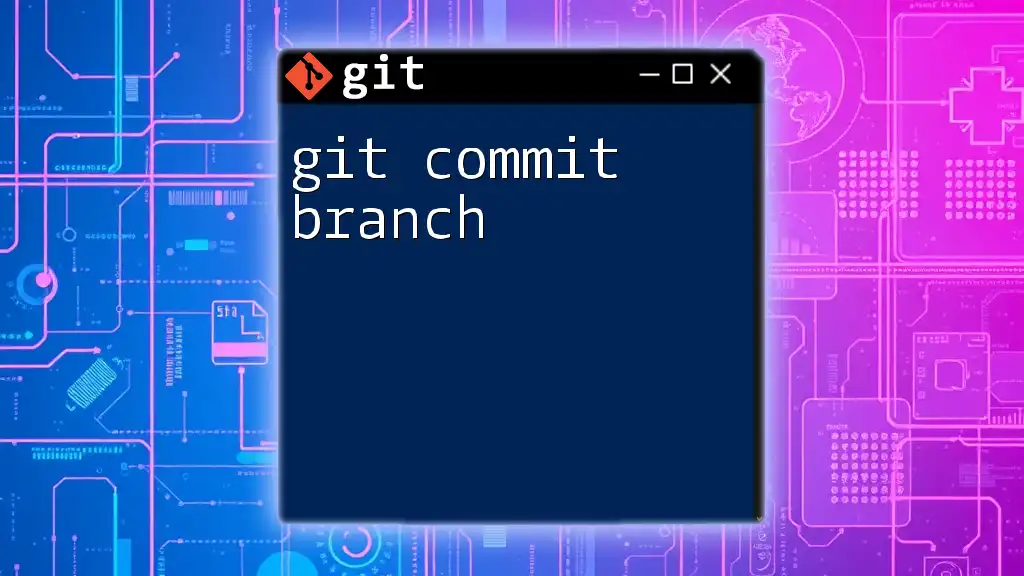Git commit messages should be clear, concise, and informative to help other contributors understand the purpose of changes made in the codebase.
git commit -m "Fix typo in user login error message"
What is a Git Commit Message?
A Git commit message is a brief description associated with a specific commit in a repository. It plays a crucial role in helping users understand the nature of changes made in the codebase. Whenever you make changes and commit them to your repository, you have the opportunity to provide context through your commit message, outlining what was changed and why it matters.
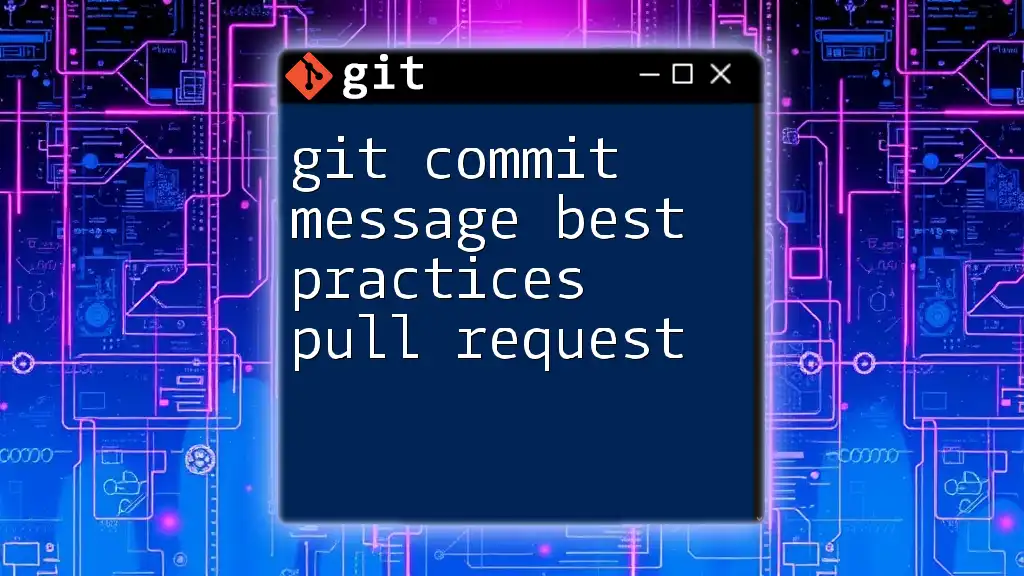
Why Good Commit Messages Matter
Clarity and Understanding
Good commit messages not only convey what changes have been made but also why they were necessary. Clarity is an essential aspect of software development, especially when multiple contributors are involved.
Example:
- Vague: “Fixed issues”
- Clear: “Fix login bug that prevented users from accessing their accounts”
The latter provides immediate clarity, while the former leaves too much to the imagination.
Documentation & History
In addition to clarity, commit messages act as historical documents for your project. They allow anyone to trace back the evolution of the codebase and understand the rationale behind specific changes. This is particularly beneficial for future developers or contributors who may need to familiarize themselves with the project.
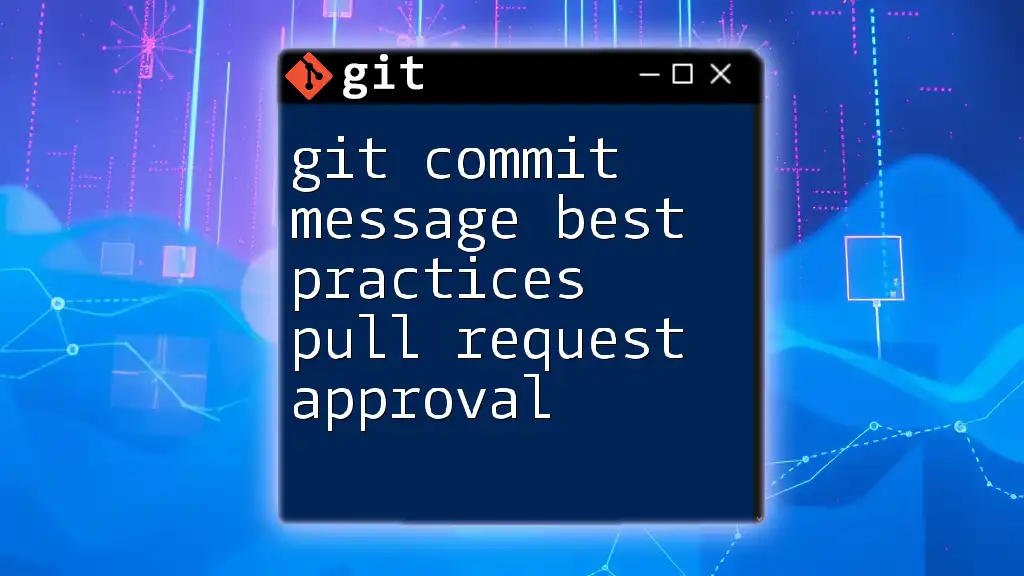
Elements of an Effective Commit Message
Structure of a Commit Message
A well-structured commit message typically consists of three segments: the header, the body, and the footer.
Header
The header should be a concise summary of the changes. It typically follows the format:
`<type>(<scope>): <subject>`
- Type: This indicates the nature of the change (e.g., `feat` for feature, `fix` for bug fixes).
- Scope: This optional element specifies the part of the application affected.
- Subject: A brief, imperative statement describing the change.
Example:
feat(login): add user authentication
Body
The body should provide a detailed explanation of why the change was made and what it entails. It is best practice to wrap the body text at about 72 characters per line for better readability.
Example:
Add user authentication to the login feature.
The authentication now checks for user credentials in the database
and returns appropriate error messages when invalid credentials
are provided.
Footer
The footer can be used to reference any issues related to the commit or highlight breaking changes within the code.
Example:
BREAKING CHANGE: alters user model
Types of Commit Messages
Conventional Commits
Utilizing a structured format for your commit messages helps maintain consistency across your project. The Conventional Commits specification is a popular format that standardizes commit message types, including:
- feat: A new feature
- fix: A bug fix
- docs: Documentation only changes
- style: Changes that do not affect the meaning of the code (white-space, formatting, etc.)
Choosing the right type ensures immediate understanding of the nature of the changes.
Writing Style and Tone
When writing commit messages, it’s essential to maintain a clear and concise tone. Use the present tense to keep things active. For example, write “Add feature” instead of “Added feature.” This consistency reinforces clarity and professionalism in your commits.
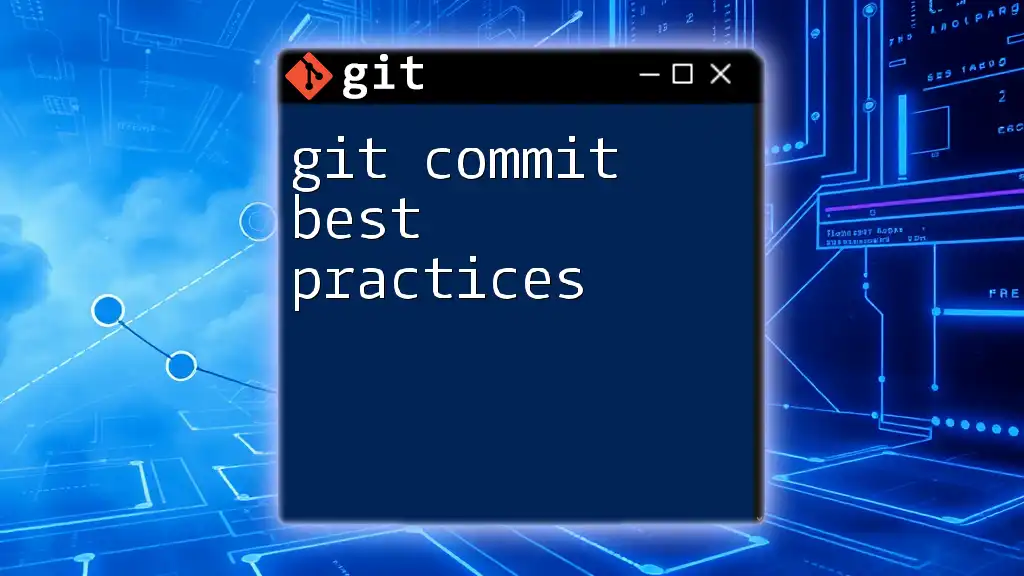
Best Practices for Writing Commit Messages
Keep it Short and Descriptive
Aim for a header that is both succinct and informative. Ideally, your commit message header should be under 50 characters. Commit messages that are overly long can dilute their impact and make scrolling through project history cumbersome.
Use Imperative Mood
Using the imperative mood in your messages emphasizes action, making them clearer. This encourages contributors to view the message as a command or direct instruction. For instance, “Fix bug” is preferable to “Fixed bug.”
Be Consistent
Consistency in formatting and style will greatly enhance communication within your team. Decide on a commit message format that works for everyone and stick to it. Utilizing a centralized style guide can help everyone be aligned on expectations.
Use Tags and References
When necessary, include tags or references to related issues or feature requests. This practice adds context and can be immensely helpful when tracking down the origins of code changes.
Example:
fix #1234
This notation indicates that the commit addresses issue number 1234 in your tracking system.
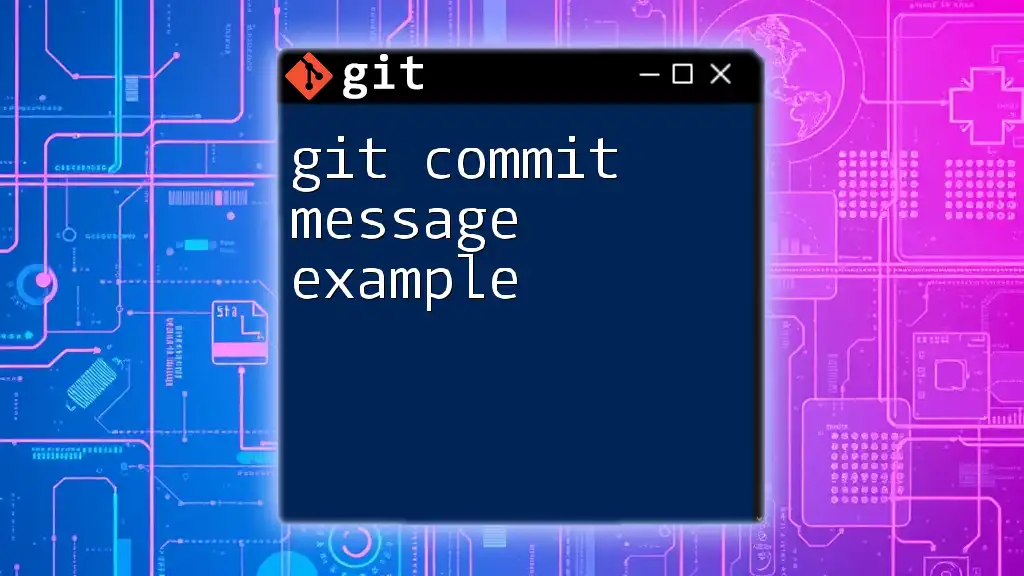
Common Mistakes to Avoid
Overly Vague Messages
Avoid using vague commit messages that don't explain the changes made. Such messages can lead to confusion in the future when trying to decipher the project’s history.
Example:
- Poor: “Fixed issues”
- Better: “Fix login bug that prevented user access”
Ignoring Structure
Neglecting to follow a structured message format can lead to disorganized commit history and confusion. Take the time to format your messages properly for clarity and uniformity.
Inconsistent Formatting
Diverse commit messages within the same project can lead to chaos. Emphasizing consistency in tone and format enhances the collaborative experience for all contributors.
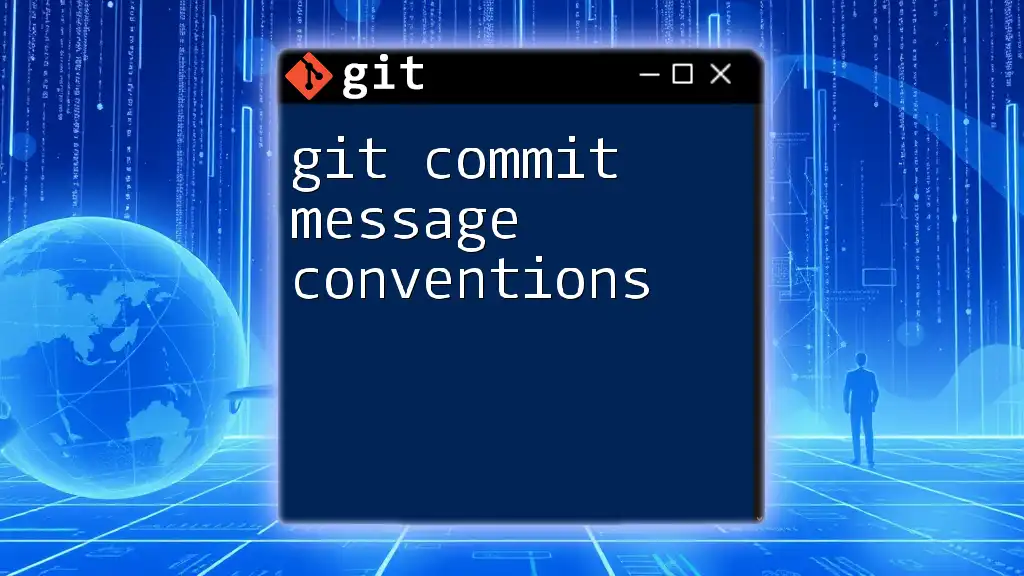
Tools and Resources for Better Commit Messages
Tools for Enforcing Commit Message Standards
Several tools can help enforce commit message standards within your development workflow. Tools like CommitLint and Husky integrate easily into Git and provide real-time feedback on commit messages. This ensures your team adheres to the guidelines you've established.
Resources for Learning More
There are many online resources, articles, and documentation detailing the importance of structured commit messages. Exploring these will deepen your understanding and provide additional insights into the best practices surrounding commit messages.
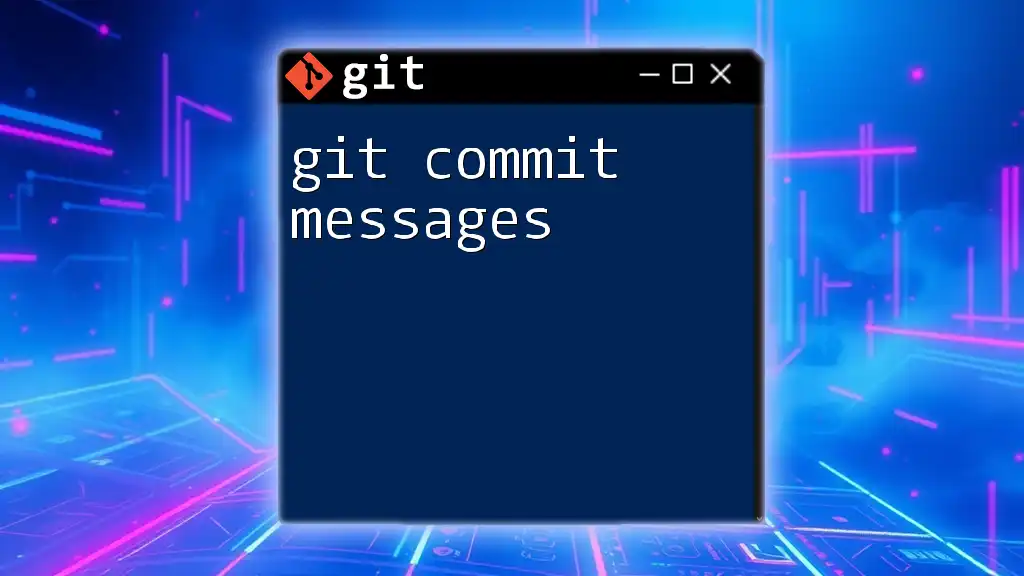
Conclusion
Effective commit messages are an invaluable element of software development. By adopting well-defined git commit message best practices, teams can foster better collaboration, improve project documentation, and ensure their codebase remains manageable and understandable. Start implementing these practices in your workflow today, and watch your team's productivity and clarity skyrocket!

